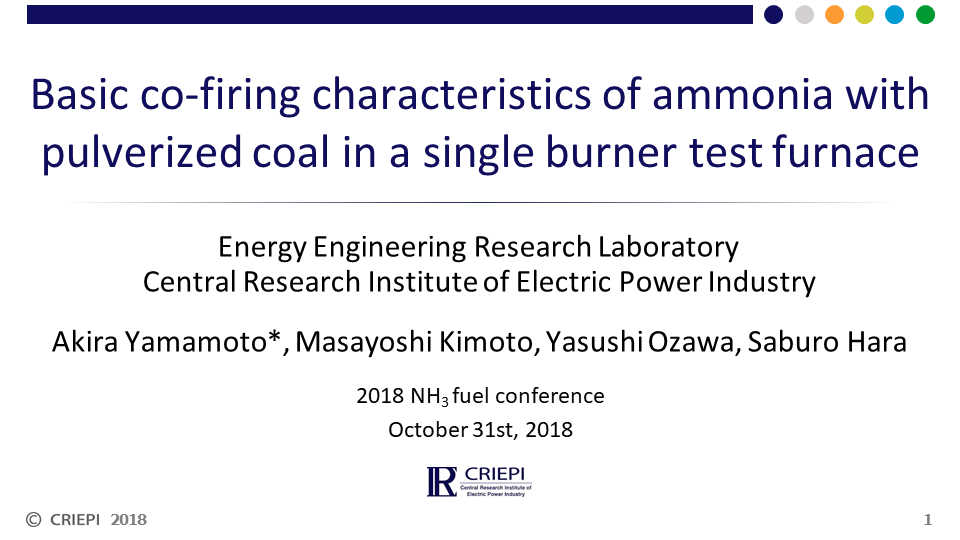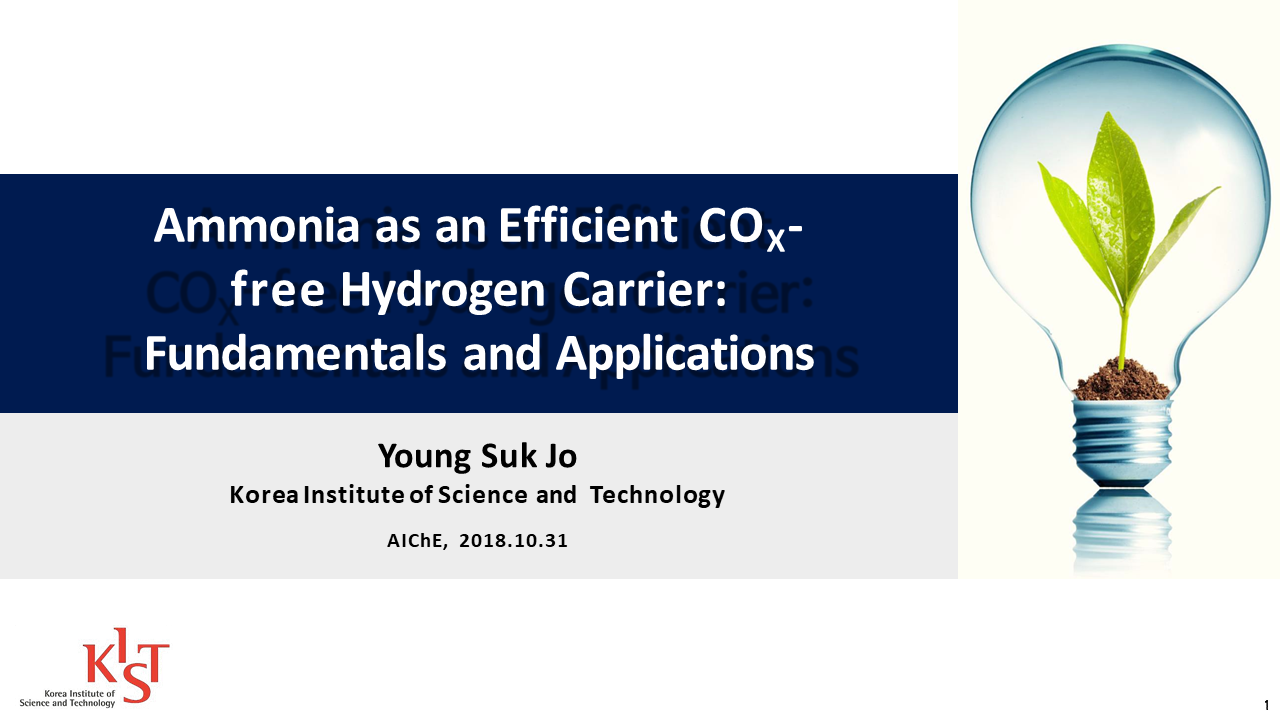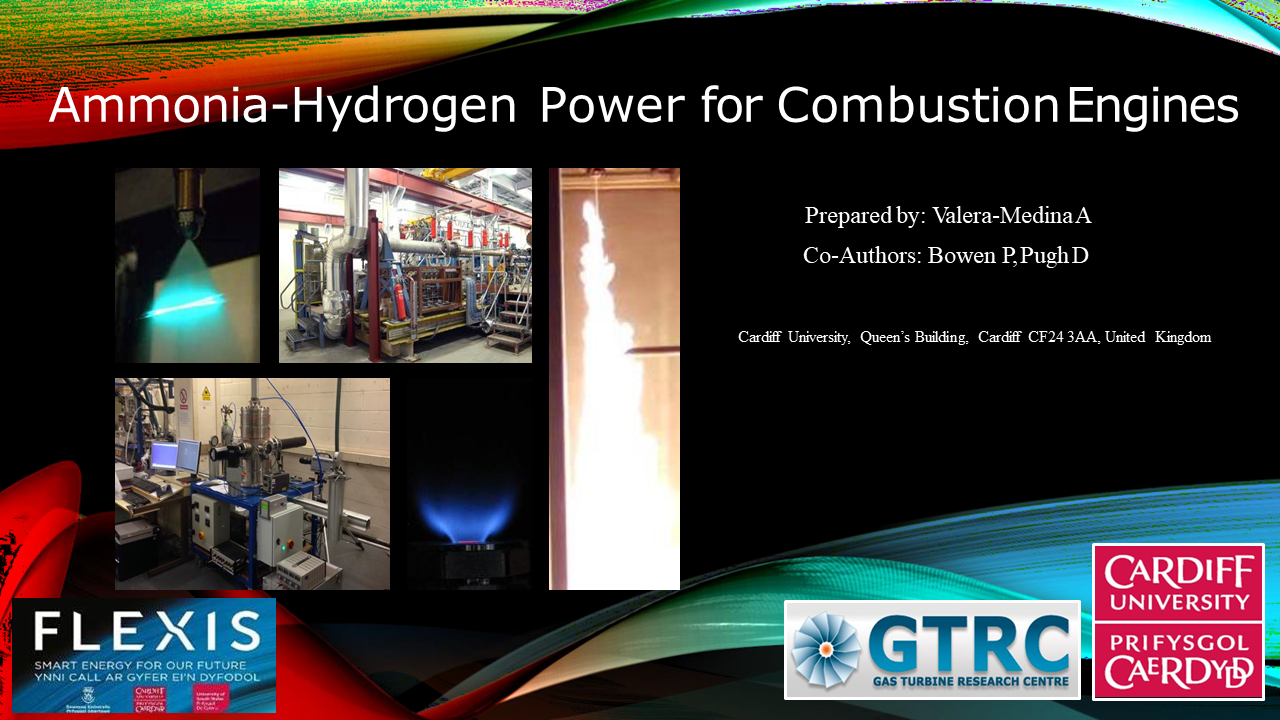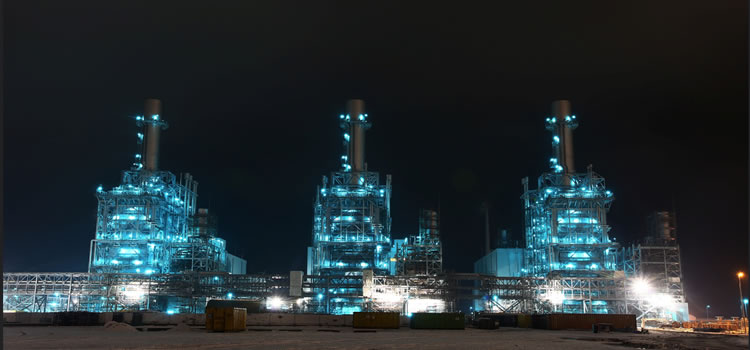Power Generation
Development of a Highly Efficient COx-Free Ammonia Dehydrogenation System for Fuel Cell Applications
Ammonia-Hydrogen Power for Combustion Engines
Cost Evaluation Study on CO2-Free Ammonia and Coal Co-Fired Power Generation Integrated with Cost of CCS
Ammonia-to-Hydrogen Seen for Electricity Generation
Approximately 40% of the world’s energy budget is consumed in the generation of electricity. This is by far the largest use of primary energy across major energy-consuming sectors (transportation, industry, etc.). What role ammonia will play in the electricity sector is therefore a question of considerable importance for the sustainable energy system of the future. One concept currently on the table is power-to-ammonia as a means of electricity storage, whereby electricity is used to produce hydrogen and the hydrogen is reacted with nitrogen to produce ammonia. The other, mirror-image, concept is to use ammonia, or hydrogen derived from ammonia, as a fuel that can be turned into electricity. This “back-end” use case is the focus of recent announcements from Mitsubishi Hitachi Power Systems (MHPS). According to an April 5 story in the Nikkei Sangyo, MHPS plans to put a “hydrogen-dedicated gas turbine . . . into practical use by 2030.” The company also stated that it has “started developing technology to extract hydrogen from ammonia,” citing ammonia’s ease “to store and transport.”
Green Ammonia Consortium Comes to the Fore in Japan
On December 8, the Nikkei Sangyo Shimbun ran a story about the future of coal-fired electricity generation in Japan. The story touched on topics ranging from the plumbing in a Chugoku Electric generating station to the Trump administration’s idiosyncratic approach to environmental diplomacy. And it contained this sentence: “Ammonia can become a ‘savior’ of coal-fired power.” Clearly an explanation is in order.
Detailed Observation of Coal-Ammonia Co-Combustion Processes
Combustion Emissions from NH3 Fuel Gas Turbine Power Generation Demonstrated
Power-to-Ammonia: the Economic Viability of Ammonia Energy
In the last 12 months ... The extensive Power-to-Ammonia feasibility study demonstrated that ammonia energy could be economically viable in different business cases. The report was a collaborative effort by large European corporations - power companies, electricity distributors, chemical producers, engineering firms - and it has already resulted in plans for one 440 MW power plant to be converted to carbon-free fuel by 2023.
Ammonia for grid-scale power: Nuon, Gasunie, and Statoil
A new collaboration was announced last week, between Dutch power company Nuon, European natural gas pipeline operator Gasunie, and Norwegian oil major Statoil. The joint venture will look at converting one of the Magnum power plant's three 440 MW gasifiers, with hopes to have it running on hydrogen fuel by 2023. This is the continuation of the Power to Ammonia project and, although ammonia is not expected to be used in this particular stage of the project, converting Magnum to hydrogen fuel represents the "intermediate step" to demonstrate that "where hydrogen could be produced using natural gas by 2023, from the year 2030 it could be possible to produce it with sustainably produced ammonia ... Ammonia then effectively serves as a storage medium for hydrogen, making Magnum a super battery."







